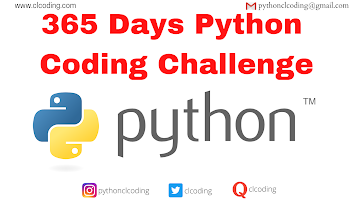import matplotlib.pyplot as plt
def plot_hollow_triangle(rows=5):
# Define triangle vertices
x1, y1 = 0, 0
x2, y2 = rows - 1, 0
x3, y3 = (rows - 1) / 2, np.sqrt(3) * (rows - 1) / 2
points = set()
for i in range(rows):
points.add((i, 0))
lx = x1 + (x3 - x1) * i / (rows - 1)
ly = y1 + (y3 - y1) * i / (rows - 1)
points.add((lx, ly))
rx = x2 + (x3 - x2) * i / (rows - 1)
ry = y2 + (y3 - y2) * i / (rows - 1)
points.add((rx, ry))
x_vals, y_vals = zip(*points)
plt.figure(figsize=(6, 6))
plt.scatter(x_vals, y_vals, color='black',s=400)
plt.title("Hollow Equilateral Triangle Dot Pattern", fontsize=14)
plt.xticks([])
plt.yticks([])
plt.gca().set_frame_on(False)
plt.show()
plot_hollow_triangle(rows=10)
#source code --> clcoding.com










.png)







.png)
























0 Comments:
Post a Comment